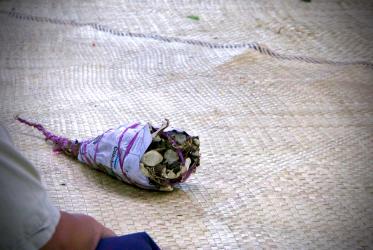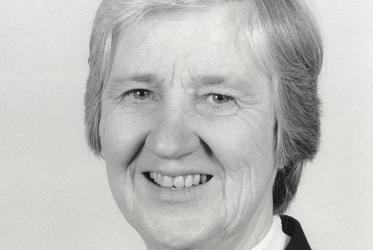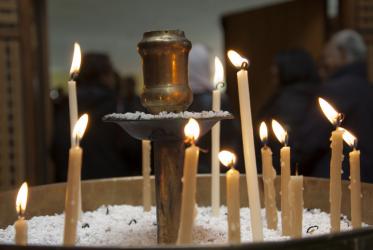Aotearoa New Zealand
The indigenous people of the islands that form New Zealand, the Polynesian Maori, arrived there some 800 years ago and called it "Aotearoa - land of the long white cloud". Britain annexed the territory in 1840 and negotiated the Treaty of Waitangi, by which the Maoris ceded their sovereignty, but retained their perpetual rights to the land. The treaty was violated by the colonizers, and white settlers soon outnumbered the Maoris, who lost several land wars between 1843 and 1872, but resisted the assimilation imposed by the British. In 1947 New Zealand became fully independent as a constitutional monarchy within the British Commonwealth. In 1975 the Waitangi Tribunal was established, to deal with claims of violation of the Treaty since 1840. Maoris constitute 14 percent of the population, Pakeha (people of European descent) 80 percent, and Pacific islanders and other immigants six percent. New Zealand has a modern, developed economy, based on the export of agricultural and industrial products. The Anglican Church is the largest church, followed by the Catholics, the Presbyterians and the Methodists. These churches have in various ways provided possibilities for the Maoris to have their own jurisdiction, without separation. Similarly, there have been two ecumenical bodies, for the Pakeha and the Maori. Churches have also been the first to add Aotearoa to New Zealand in their name. An interesting form of local unity emerged in the 1980s, called "cooperative ventures" between congregations of different confessions. There are several Pentecostal church groupings and independent charismatic groups, and an Evangelical network.





